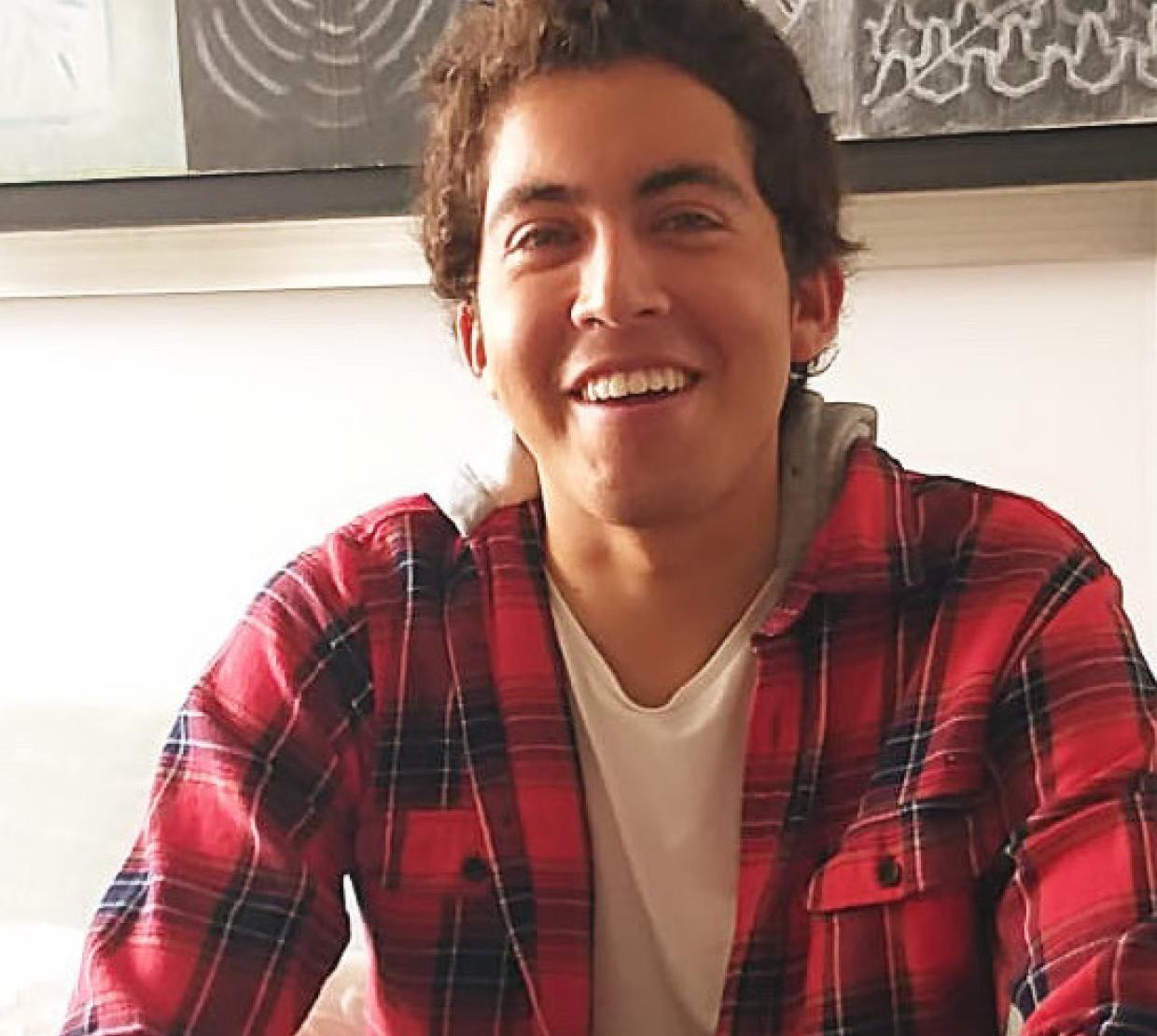Amidst the challenges of a global pandemic, the Inspiration Dissemination podcast strives to be an avenue of human connection and inspiration. This week, we sit down with Joaquin Rodriquez for the first podcast of a special series covering the COVID-10 outbreak and its impact on the research and lives of our OSU community.
Joaquin is an undergraduate (soon to be graduate) researcher in the lab of Elisar Barbar at OSU studying how viruses hijack their hosts. A biochemistry and biophysics major, Joaquin’s research allows him to view the coronavirus from a biological perspective that yields him clarity and patience.
Although his studies and research are conducted at Oregon State University, Joaquin calls Lima, Peru, home. During an unprecedented time where students are leaving campus to be home with their families, travel restrictions render Joaquin unable to leave Corvallis. Despite the challenges Joaquin faces, he emanates a sense of calm and understanding of the coronavirus and shares with us his experience.
Joaquin explains how misinformation is easy to spread and clear answers are hard to discern during times of fear and uncertainty. Even those that may have the scientific literacy to understand what a virus is, may struggle to comprehend just how a virus works within our bodies. In simplified terms, a virus can be thought of as a piece of genetic material (usually RNA) encapsulated by a protein. Debate on whether or not a virus can even be considered a living thing stems from the fact that viruses themselves do not code for the biological machinery needed for replication, but rather use their host as a means to thrive and reproduce. Upon entering the body, the coronavirus binds to respiratory cells at sites called receptors. Receptors are like doors that only viruses have the keys to, and once binded, they are able to enter the cell and replicate before finally causing the respiratory cell to die. This particular coronavirus eventually causes the disease COVID-19.
The death of respiratory cells as the virus multiplies is unarguably harmful to the body, however, the symptoms we experience from COVID-19 are actually an expression of our immune system response rather than the virus itself. This in part explains why some of those infected by the virus appear to be minimally impacted, while others may develop flu-like symptoms or pneumonia. In fact, the range and lack of predictability of symptoms contribute to the high rate of transmission and success of the virus.
There are many evolutionary trade-offs involved in the overall success of a virus. Aggressive replication within a host may cause the virus to be too deadly and thus lower transmissibility between hosts; the virus is unlikely to become widespread. For this reason, the deadly virus causing Ebola is not likely to become a global pandemic, whereas the new coronavirus is impacting countries around the world.
Joaquin explains that the coronavirus is successful because it has a relatively low mutation rate compared to other RNA viruses, as well as a high transmissibility owing to a relatively low rate of host death, varying host symptoms, and the utilization of airborne avenues of transmission. He tells us that through a global research effort we are continuously learning about the biology of the coronavirus and using this knowledge to explore treatment options and vaccines.
While many research labs around the world, including Joaquin’s lab at OSU, are shifting their efforts to contribute to the study of the coronavirus, a lot of research pursuits have been put on hold. Joaquin now finds himself with extra time to connect with family in Lima or take trips to the coast where he finds comfort surfing. He urges us to stay informed, mindful, and calm, and to find that thing that brings us happiness as we all experience an unusual time united in our isolation.
If you are interested in hearing the full interview with Joaquin, want to keep up with new episodes and our special Covid-19 series, or want to check out past interviews, you can find us on iTunes under Inspiration Dissemination.
The article was originally published on Inspiration Dissemination: Inspiring Stories from Oregon State Graduate Students on 88.7 KBVR FM.




